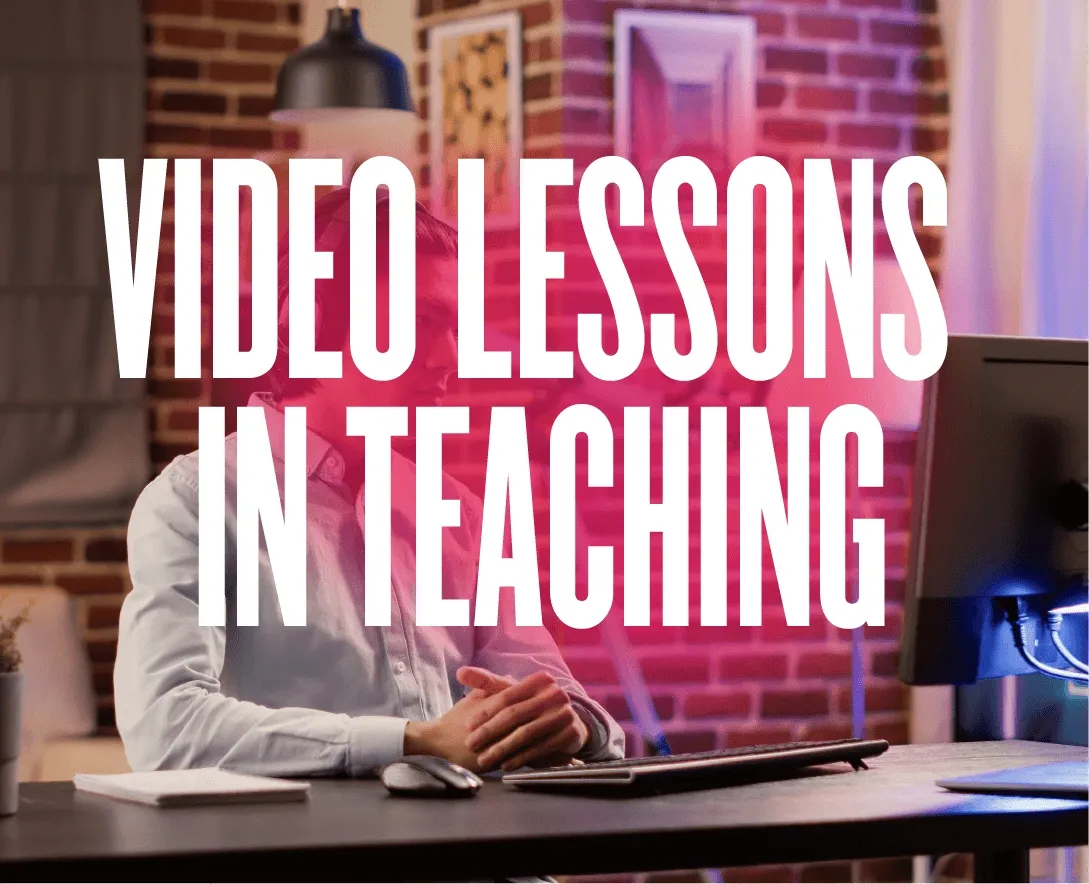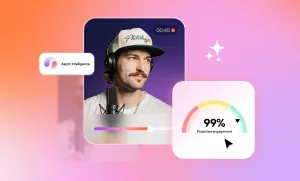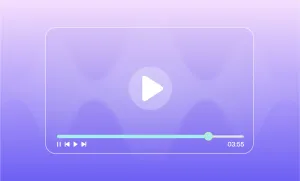Video lessons are becoming an increasingly popular way to learn. Many believe video is more engaging and can keep students more focused than traditional classroom lectures. However, there is still some debate about whether or not video lessons are effective for teaching. In this blog post we will explore the effectiveness of video lessons in teaching and discuss the pros and cons of using them in the classroom!
In 2020, over 90% of teachers believed videos play a vital role in education. Today, this number is even higher. The effectiveness of videos in the classroom is well-documented, and there are several reasons why video lessons are so popular.
Top Five Ways Videos Improve Teaching
According to credible sources, video lessons affect teaching and learning in five main ways:
- Boost student engagement
- Improve the effectiveness of delivering new material
- Build authentic student-teacher relationships
- Inspire creative thinking
- Interactively explain topics through student participation
Let's look at each point with a more critical eye.
#1 Video lessons faciliate student engagement
Video lessons are undeniably more engaging than traditional lectures. Students are more likely to pay attention and retain information when actively engaged with the material. Moreover, a study conducted by 3M Corporation, indicates human brains process visual content 60,000 times faster than text. This observation underlines the importance of visuals in the classroom, and their value in helping students understand and remember new information more easily.
#2 Video lessons raise the effectiveness of consuming new material
Videos can be played, paused and replayed as needed, allowing students to review complex concepts at their own pace. This is especially beneficial for students who learn best by seeing and hearing the material multiple times.
In fact, using visual content in lessons has its unique characteristics. Videos affect all learners, including those with different learning styles. Visual and auditory learners benefit from material delivered via video, while kinesthetic learners can pause a video and complete a related activity. In addition, video lessons are more engaging than traditional lectures, and they can keep students' attention for more extended periods.
This makes video an excellent channel for providing detailed instructions and ensuring all students can access the material.
#3 Video lessons can build authentic student-teacher relationships
Video can help teachers build stronger relationships with their students when used correctly. This is because video provides a more personal way to deliver content. It may sound strange, but teachers recording themselves talking to the camera can come across as more relatable and approachable than those who are only seen in person.
Moreover, video can serve as an instant and more effective way to provide feedback. Students can see and hear the teacher's reaction to their work, which can help them better understand what they need to improve.
#4 Video lessons faciliate creative thinking
What's better than a teacher who is also a content creator? When making videos, teachers have the opportunity to be creative and innovative. They can use an animation maker, props, and other tools to get students to engage more. They can also add personal touches that reflect their unique teaching style.
#5 Video lessons can be used to explain topics interactively
Many teachers include interactive whiteboards in their video lessons. This allows them to write and draw on the screen as they explain a concept. Students can also use the whiteboard to work on problems or pass interactive quizzes. This approach makes learning more fun, engaging, and memorable.
All of this helps create an ambient learning environment more conducive to student success.
Use Vodcasts as a Fresh and Improved Form of Communication
Vodcasts are among the latest cutting-edge technologies being used in education. A vodcast is a podcast that includes video content. Vodcasts can be used to deliver lectures, lead discussions, and provide feedback.
Vodcasts deliver all the benefits of traditional podcasts, plus the bonus of being able to see the speaker's face. Tech-savvy educators can deliver new information via vodcasts, thus building trust and rapport with their students.
When used correctly, vodcasts are an excellent way to improve communication in the classroom. Enthusiastic readers may wonder how they can create a vodcast of their own. The process is relatively simple and only requires a few steps. The minimal investment required is recording and editing software like Podcastle.
Recording a vodcast is as easy as recording a podcast. Open the Remote Interview Recording tool and hit the record button.
Once the recording is complete, edit the audio tracks and video for an enhanced result. Finally, upload the vodcast and share it with everyone. It's that easy!
The Effectiveness of Video Lessons in Teaching: Key Pros and Cons
The Pros
- -- One of the biggest advantages of video lessons is that they can be used to supplement traditional lectures. In other words, teachers can use videos to introduce new concepts, use examples, and give students a different way to interact with the material.
- -- Moreover, video lessons are suitable for multi-device consumption, as students can watch them on their smartphones, laptops, or tablets in the comfort of their homes.
The Cons
- -- One important disadvantage is that not all students have access to the internet and the required devices.
- -- Other drawbacks of video lessons include the fact that they can become repetitive and boring for various age groups. In addition, if not used correctly, they can lead to a decrease in student attention spans.
That's why, before underestimating or overestimating the effectiveness of video lessons in teaching, it's wise to first consider the context in which they will be used.
So, what's the verdict?
Video lessons have their pros and cons, but when used correctly they can be an excellent way to supplement traditional lectures. When planning to use video lessons, consider the environment in which they will be used, and make sure to diversify the content to keep all your students engaged and happy!








